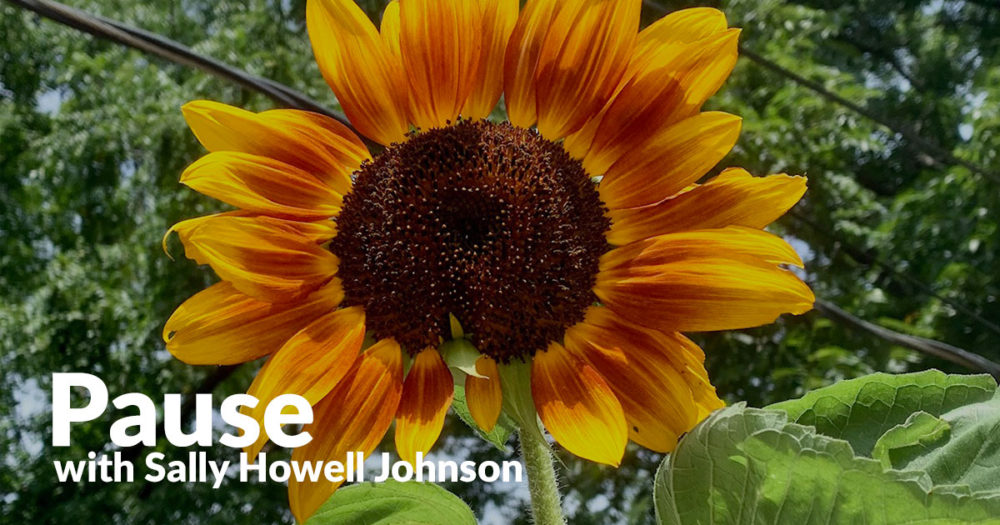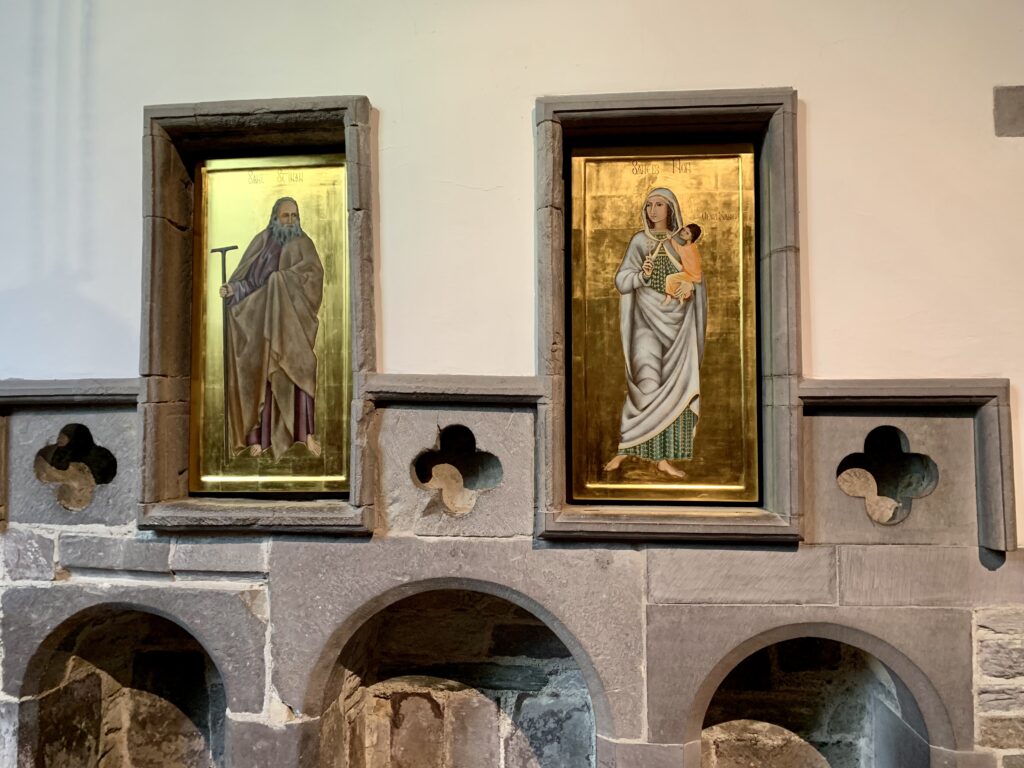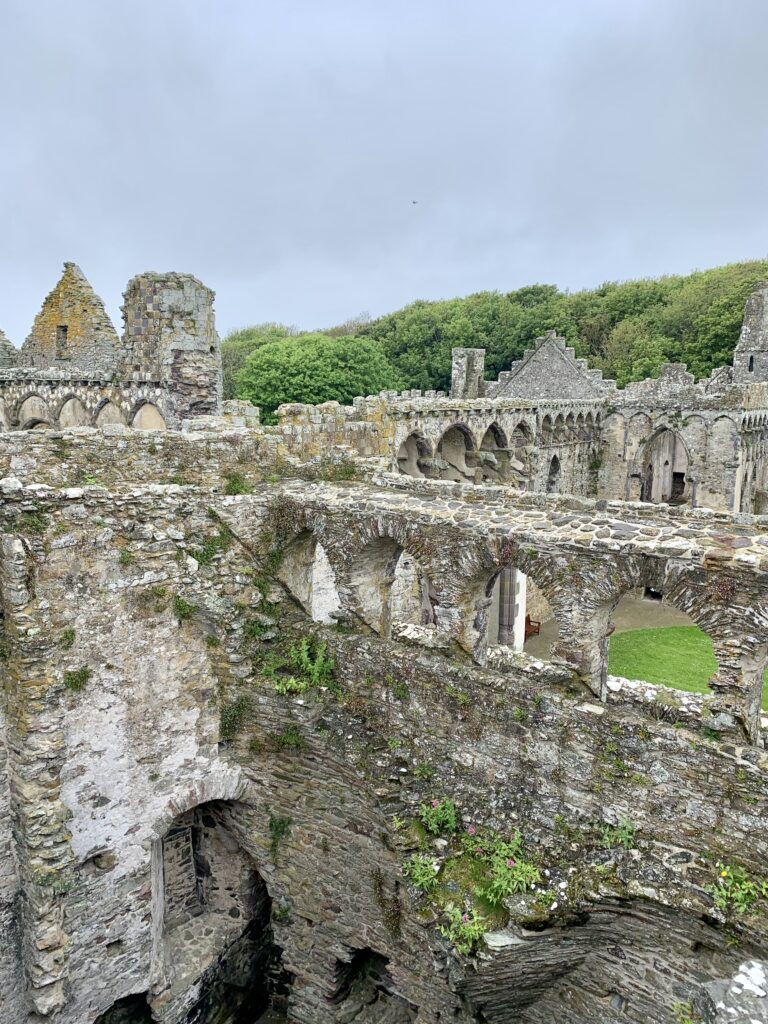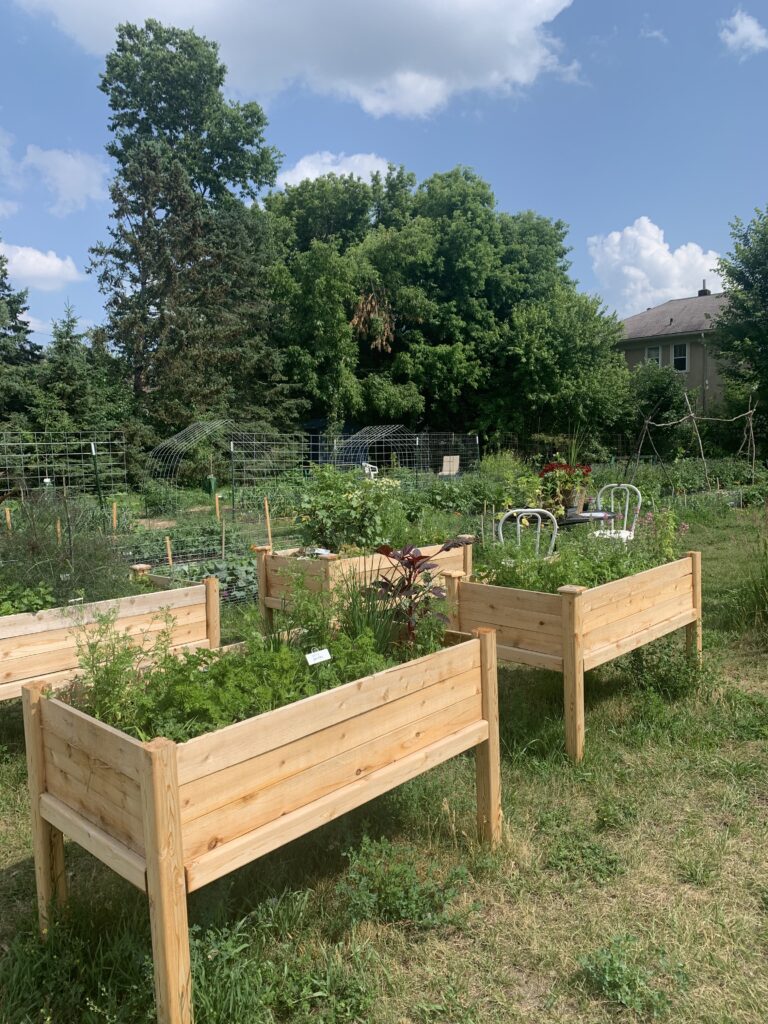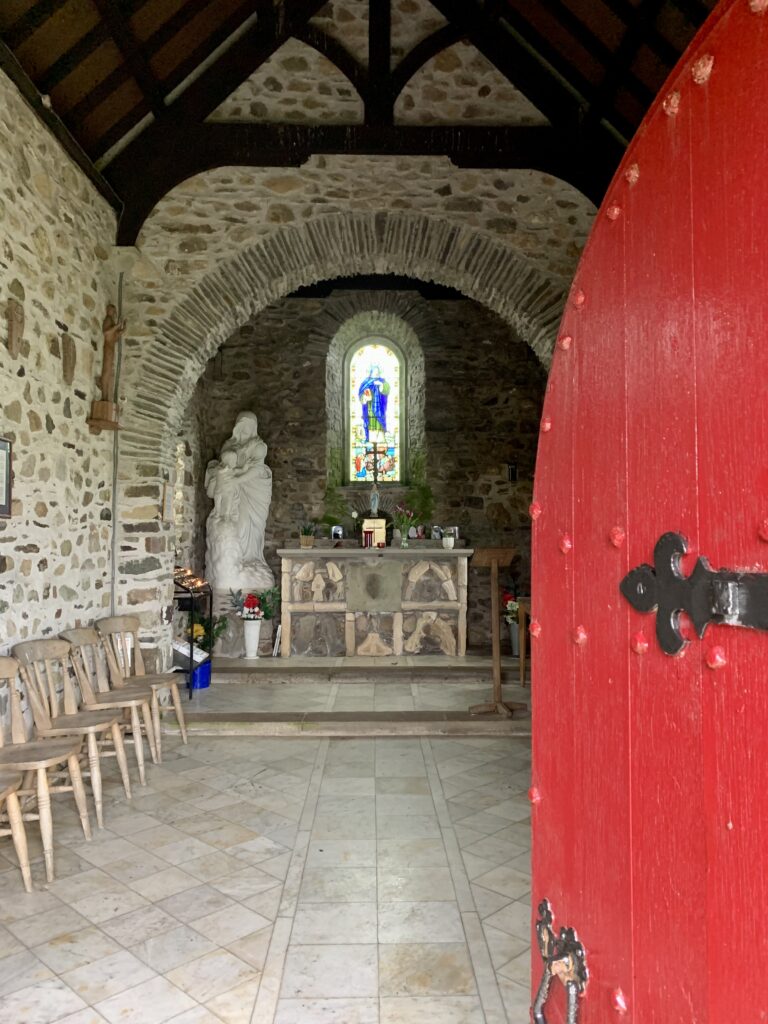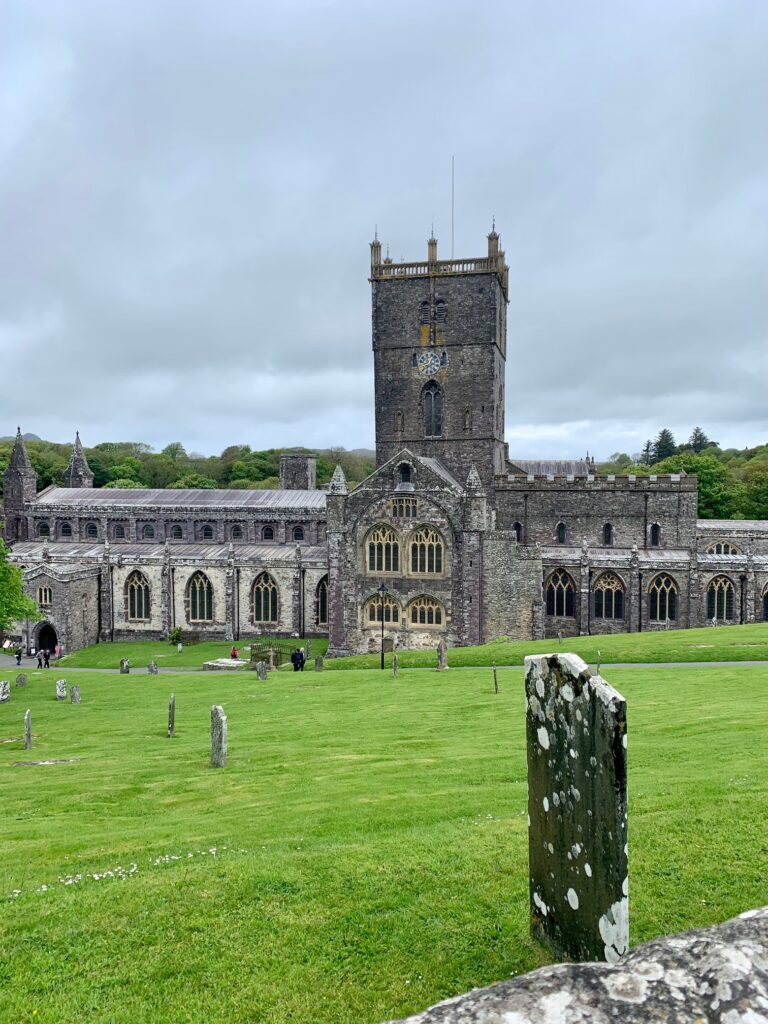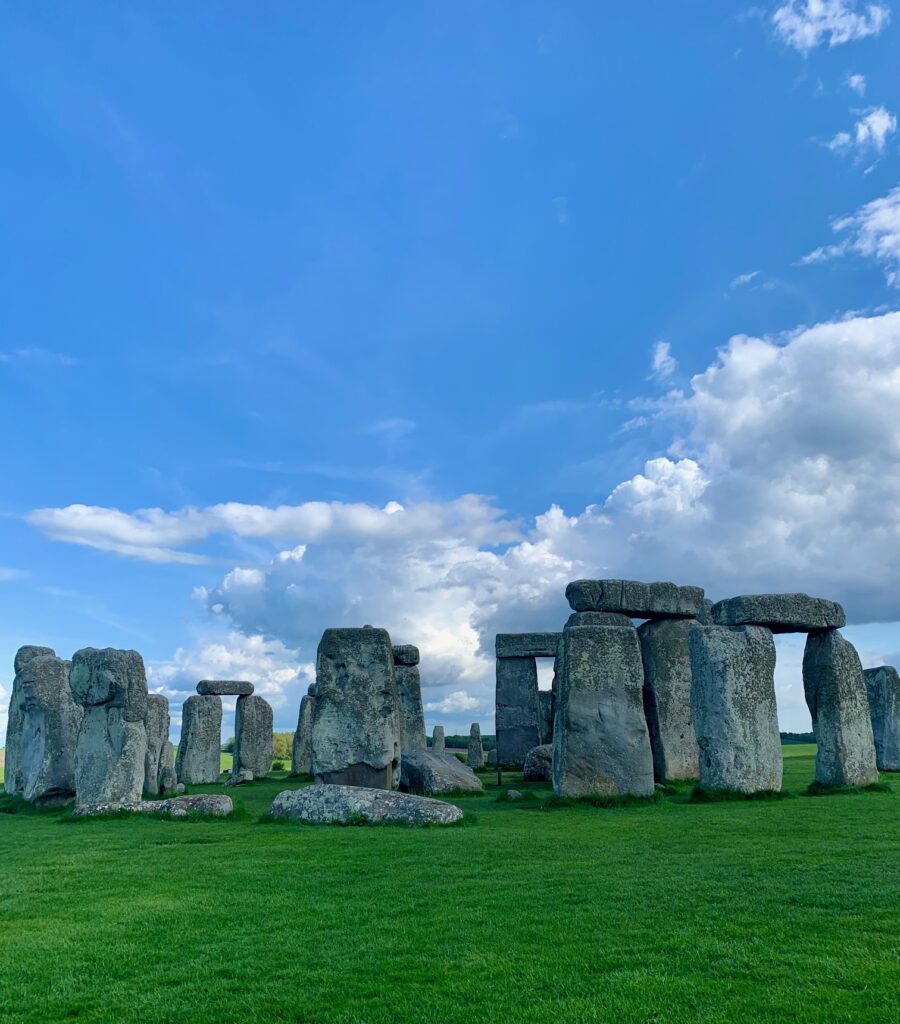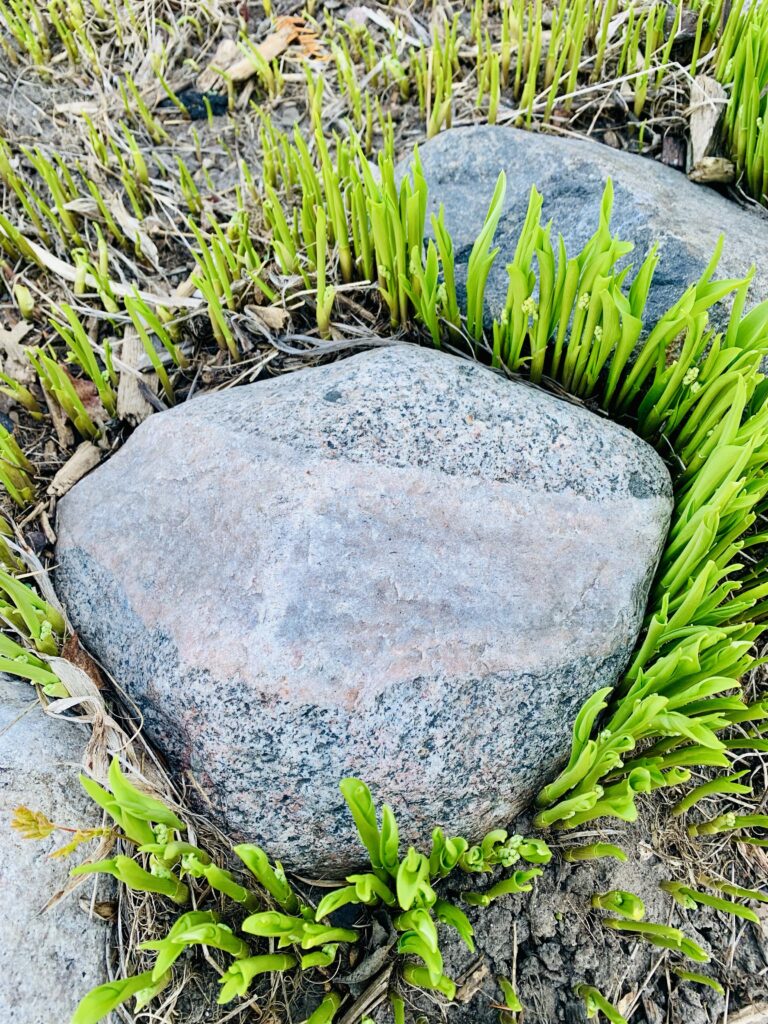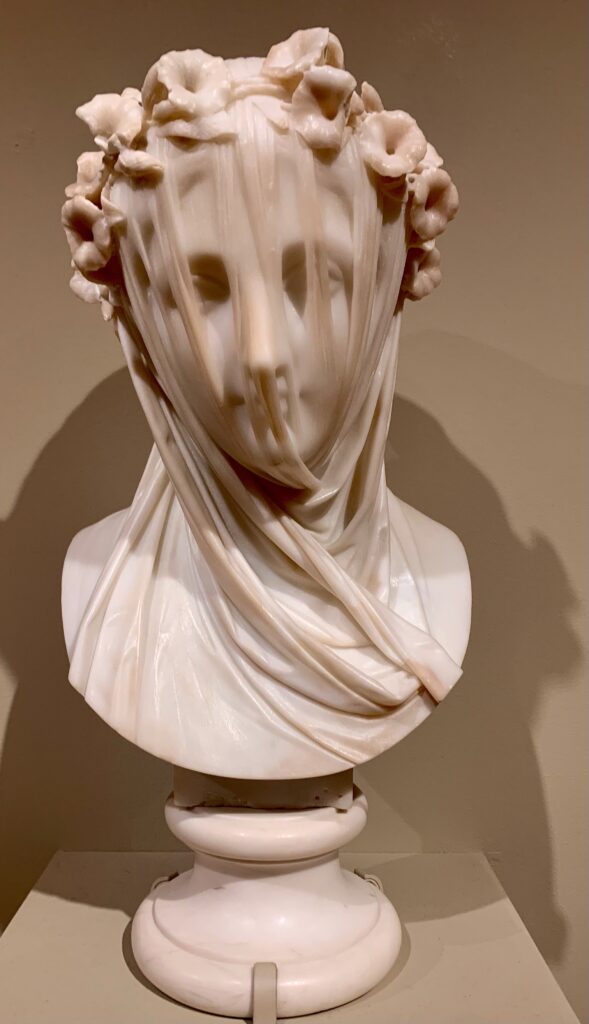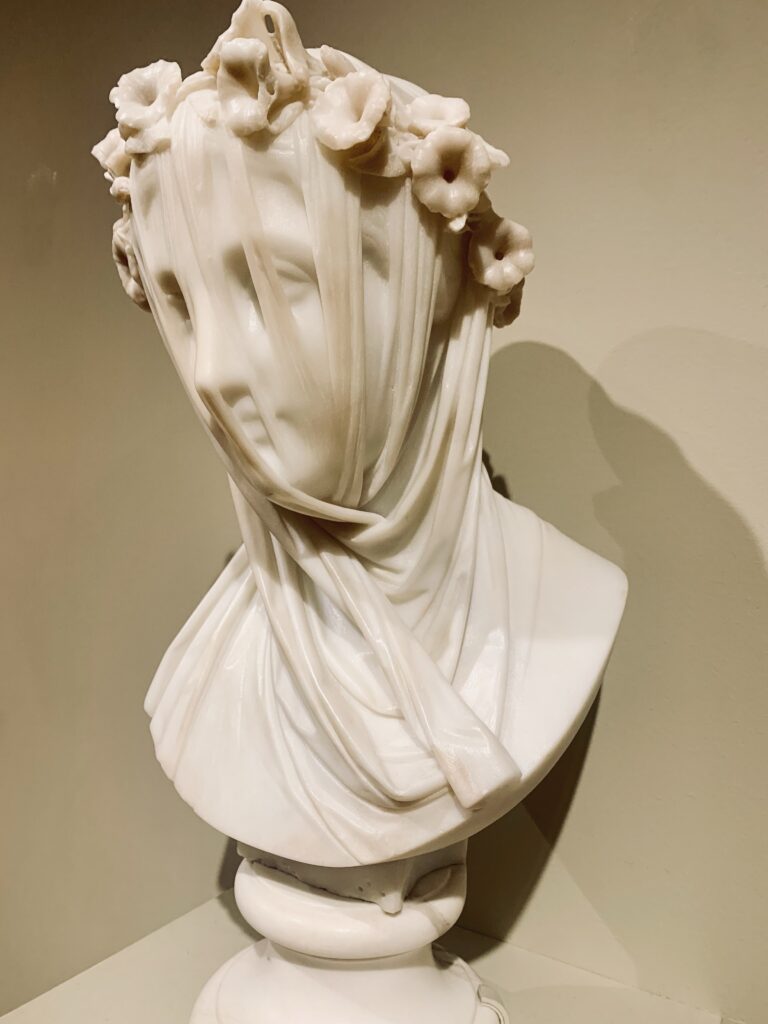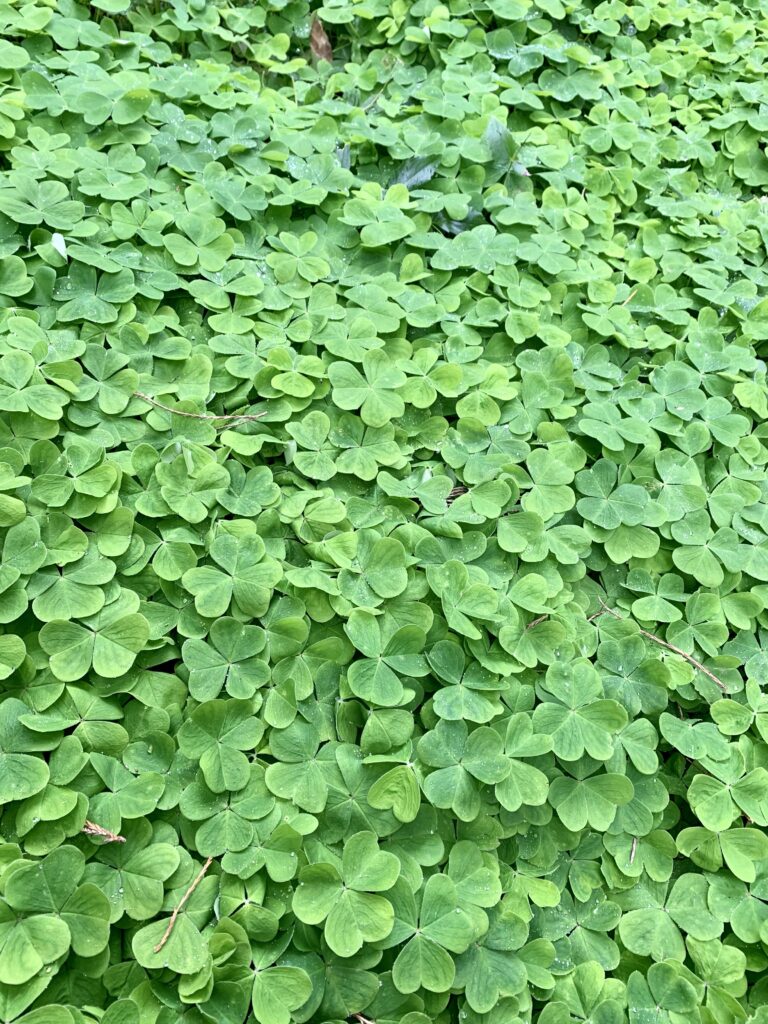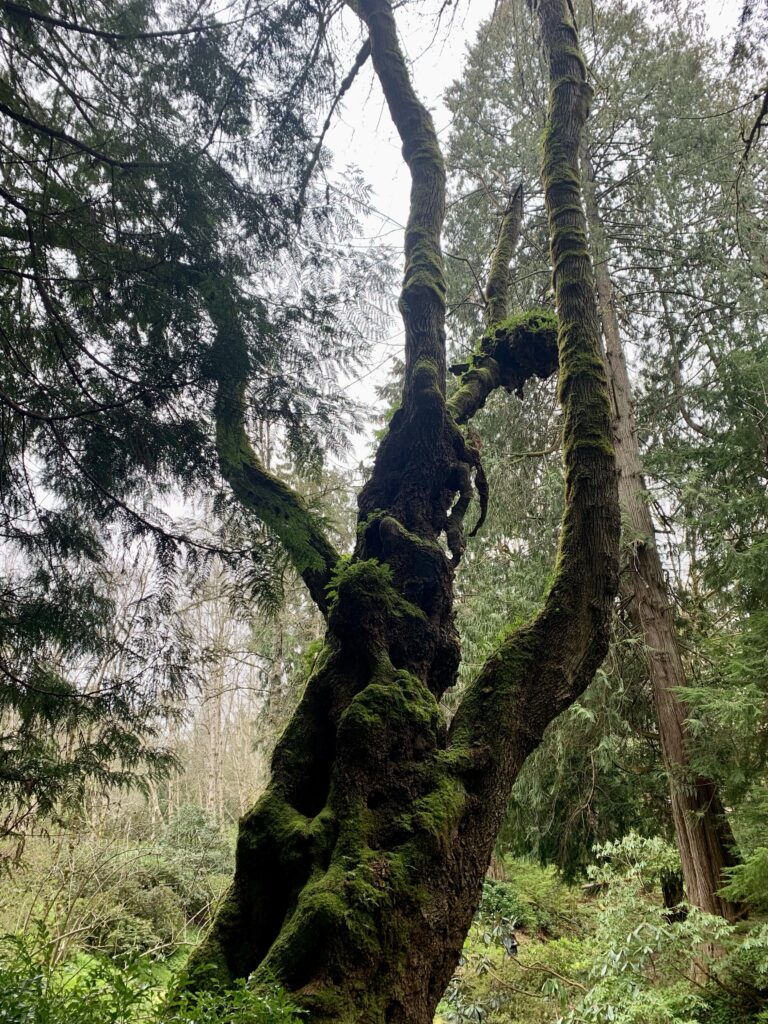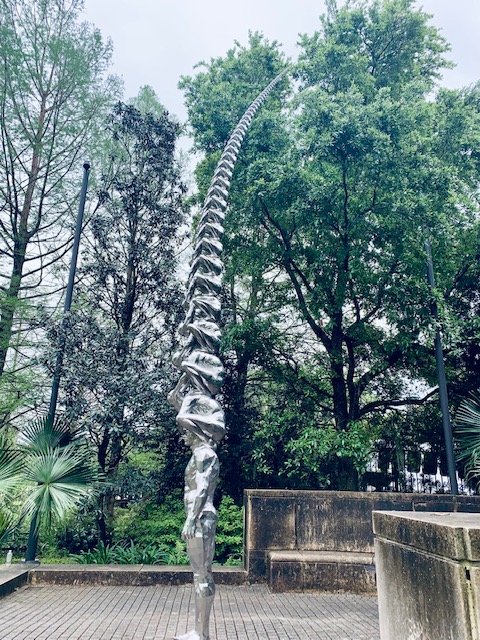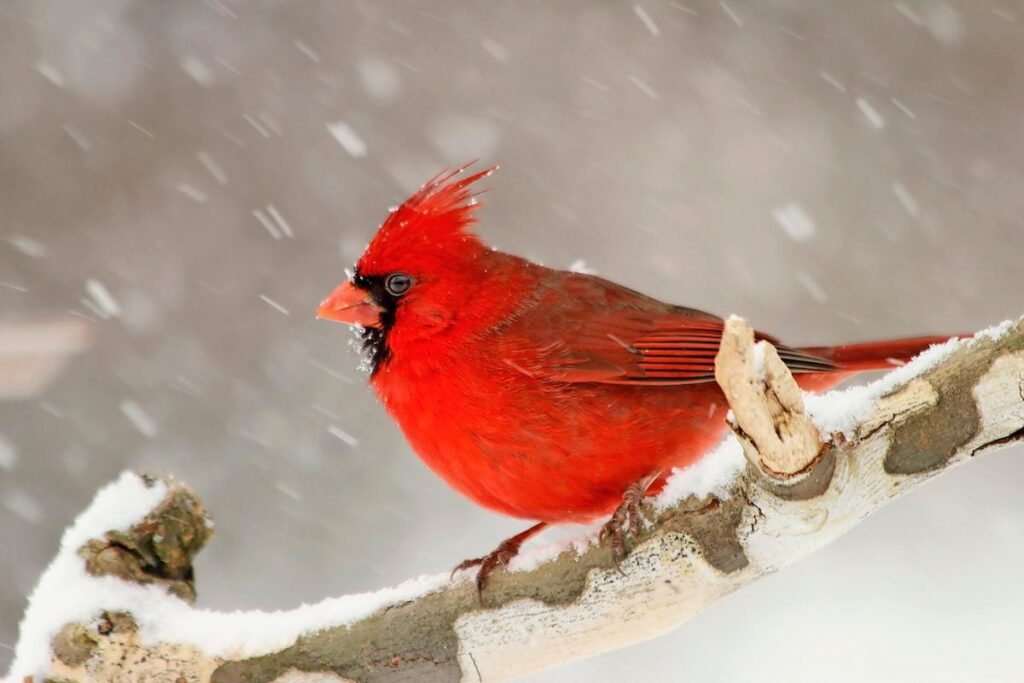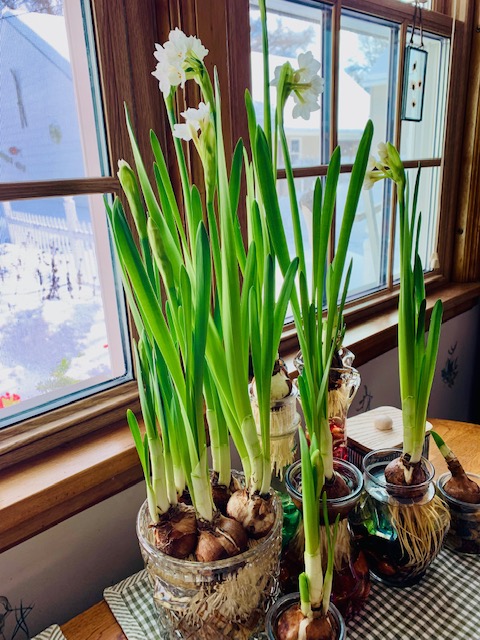Blue. It is not even my favorite color. But last week as I was sitting at a little cafe table outside my neighborhood coffee shop enjoying an iced mocha and reading a book, I was assaulted by the color blue. I looked up at the clear, summer sky and it took my breath away. It was as if blue was screaming:”Look at me! Look at me!” And so I did. I put down the book and sat there. Transfixed by the simple beauty of blue.
Later I was drawn to this poem by the wonderful, intuitive poet, Naomi Shihab Nye:
We forget about the spaciousness
above the clouds
but it’s up there. The sun’s up there too.
When words we hear don’t fit the day,
when we worry
what we did or didn’t do,
what if we close our eyes,
say any word we love
that makes us feel calm,
slip it into the atmosphere
and rise?
Creamy miles of quiet.
Giant swoop of blue.
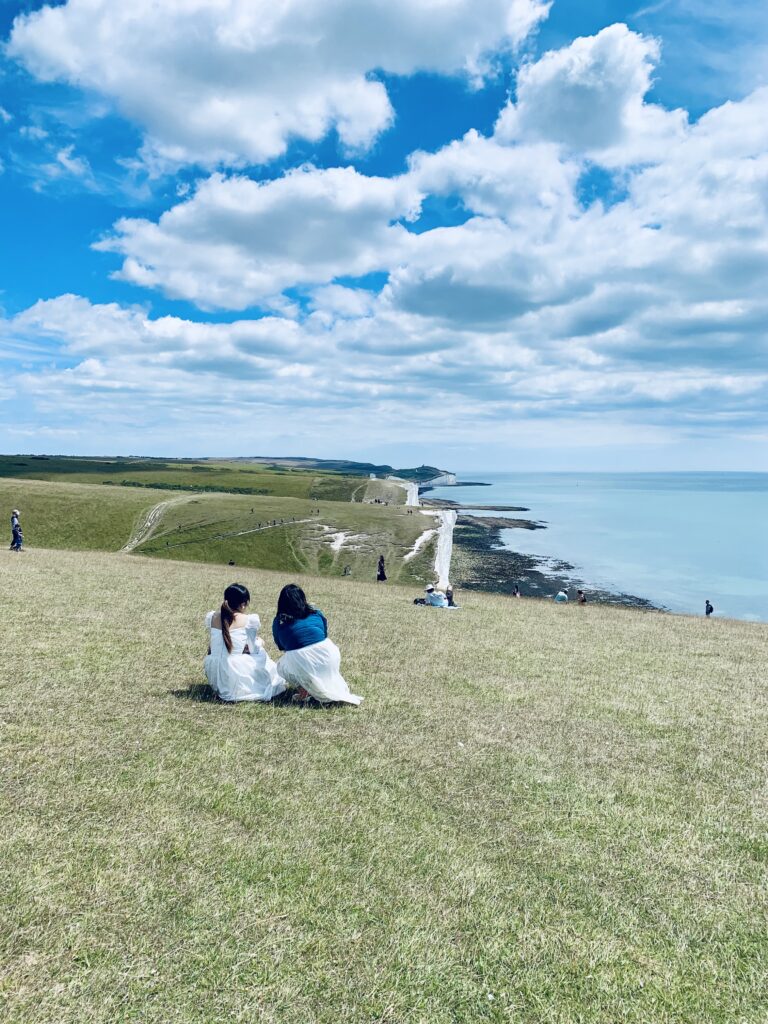
Since that moment when blue awakened me to the ‘spaciousness above the clouds’ I’ve been thinking about this primary color. It really is the color that is the curtain that frames the stage that is our living. It is the canopy under which we stand. I wondered how we would perceive green (my favorite) without blue. And what would the white of clouds be without their backdrop of sky blue? It says something about our need for diversity in all things, doesn’t it?
Of course there is the other meaning of blue…that feeling, that melancholy that visits all of us at one time or another. In my pursuit of all thoughts of blue I was reminded that Picasso had what was known as his “Blue Period.” During this time he painted in monochromatic shades with washes of blue. It was during a period in his life when he was responding to the poverty and instability he was experiencing and he saw reflected in the world around him. Definitely something to feel ‘blue’ about and if someone painted us on certain days, blue would likely be our color. Interestingly, these paintings are believed to be some of his most popular works. Maybe we all need a way to paint the times in our lives when blue comes to take up residence in us.
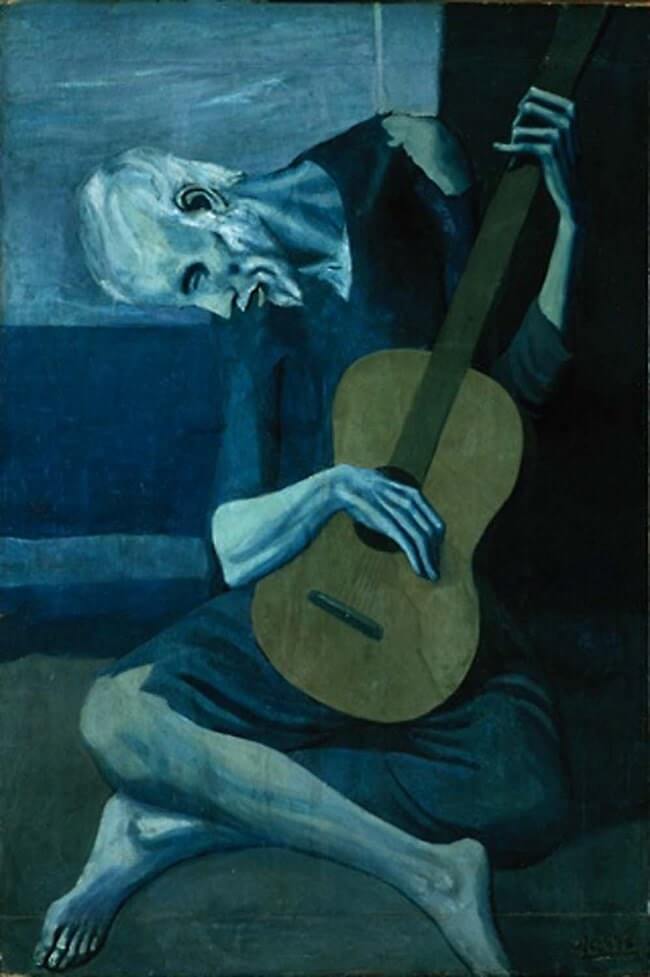
It is a strange thing to become fixated on a color. Yet, I am thankful for it. It was, and is, another nudge toward paying attention to these fleeting summer days when blue sets the scene for the greens and other colors that grace our gardens and our days. Soon enough the blue of the sky will hold not only the white of clouds in place but reflect off the snow that will visit for a season, often one that seems to overstay its welcome.
Perhaps on those winter days I will be able to think back on the moment that blue startled me into amazement. On those days I might remember what the poet says: “what if we close our eyes…say any word we love…that makes us feel calm…slip it into the atmosphere…and rise?Creamy miles of quiet…Giant swoop of blue.”
Yes. Blue. Blue. Blue
